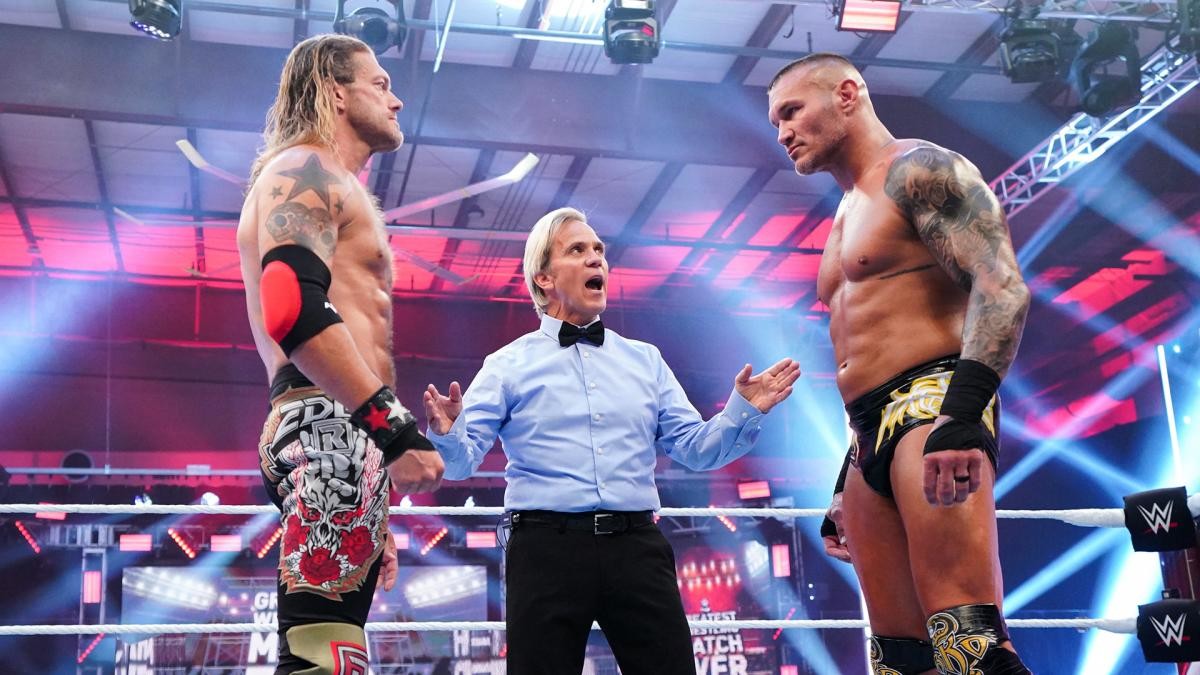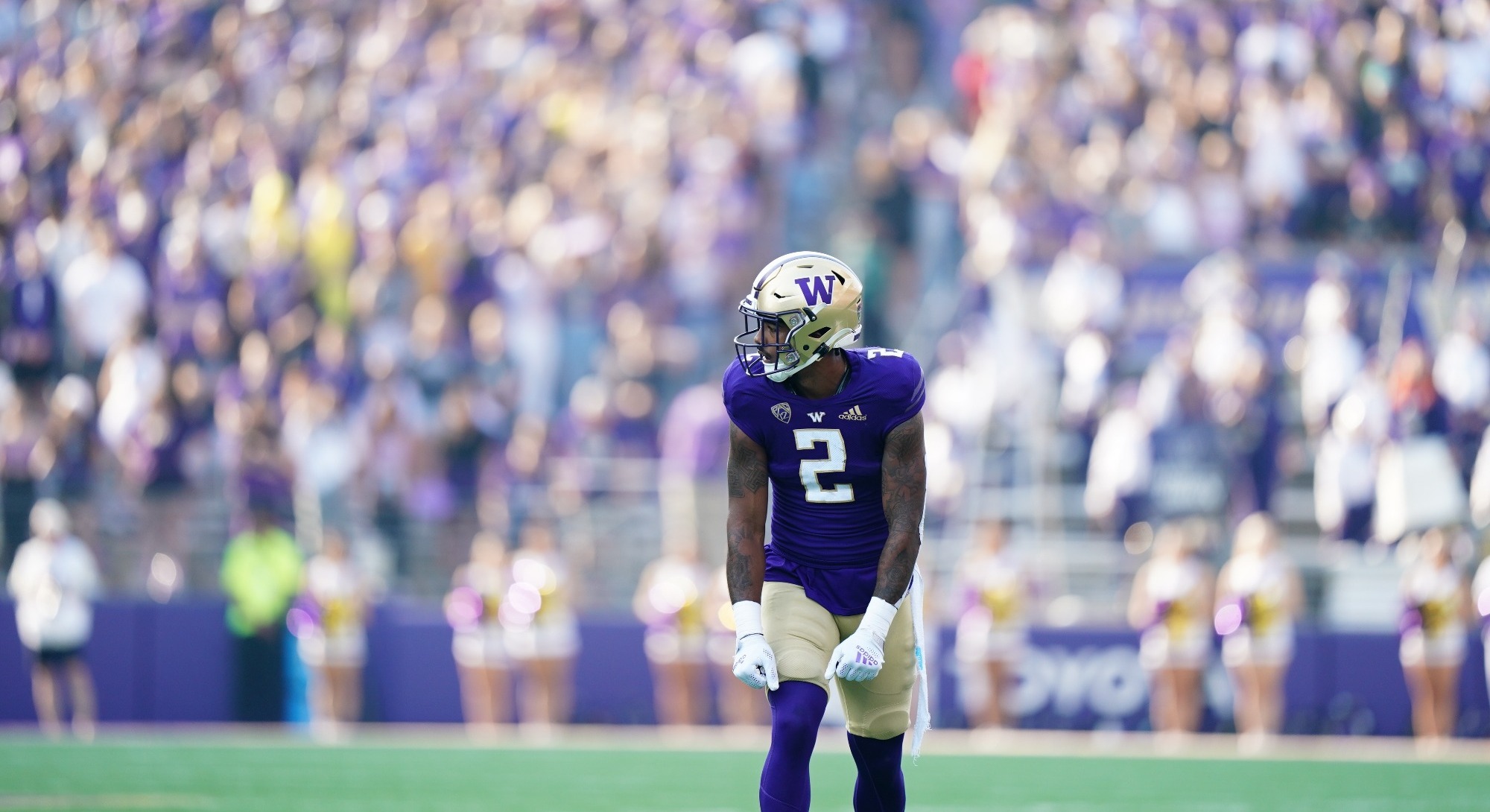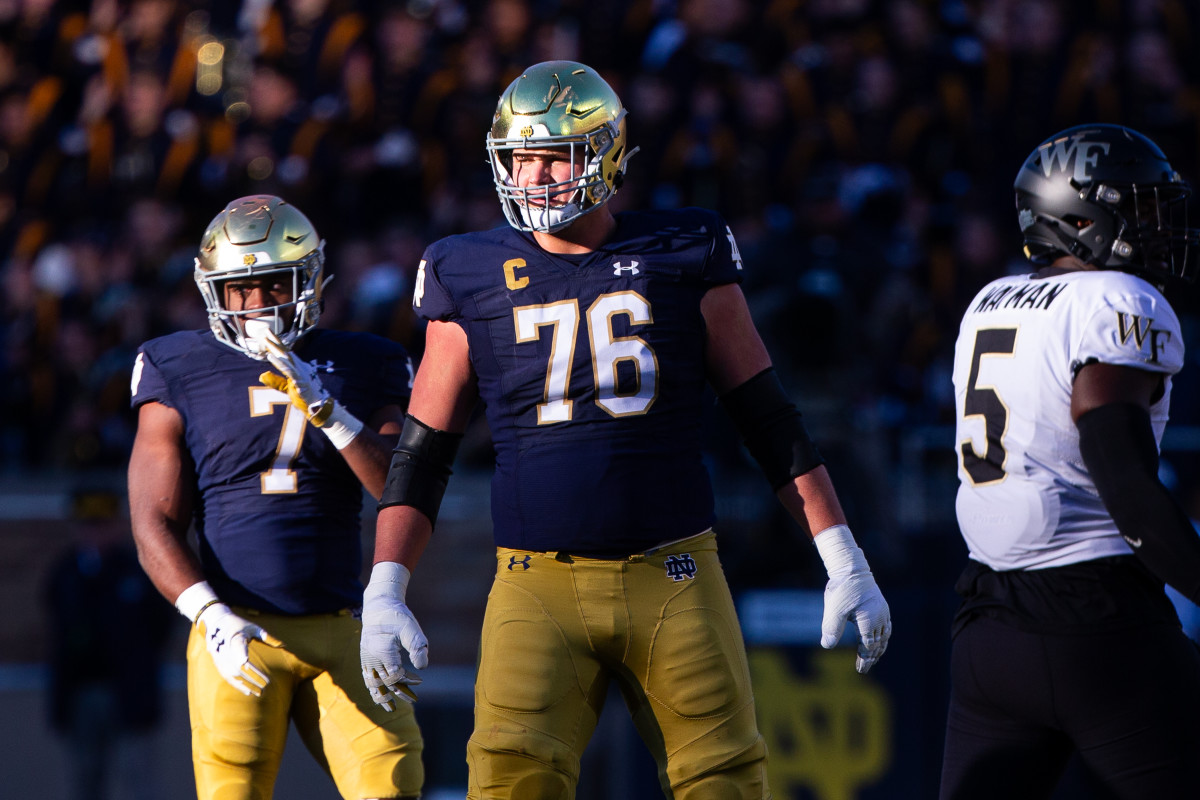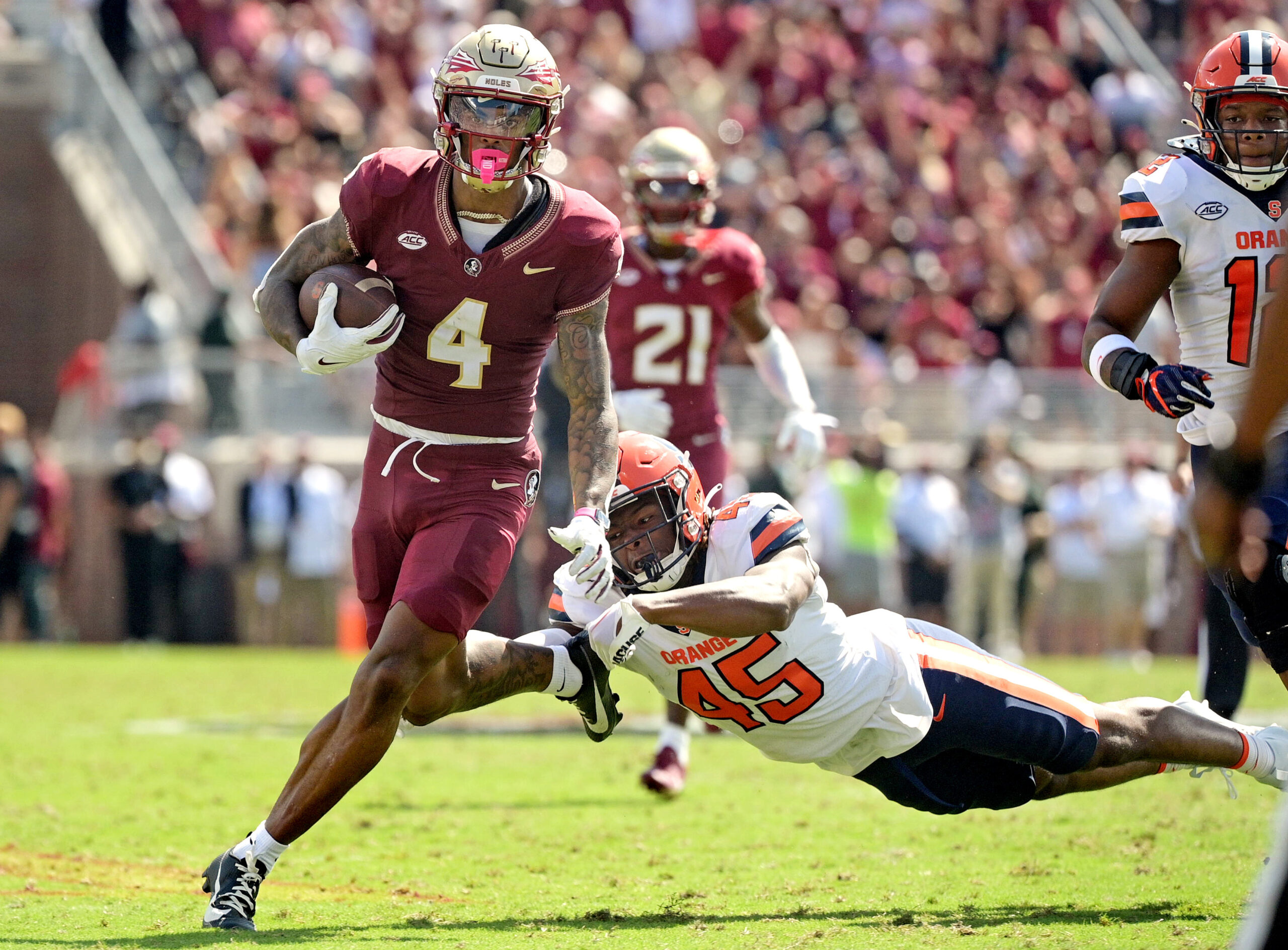
- Mania Madness II – Mae Young Region Finals - March 25, 2024
- Deadman Tells No Tales – Six Names Rumored To Have Broken The Undertaker’s Streak - March 22, 2024
- Mania Madness II – Round Of 4: Mae Young Region - March 18, 2024
With the world starting to reopen, All Elite Wrestling held its final Daily’s Place show on June 30th. After 469 days of staying in the same place due to the Covid-19 pandemic, AEW will finally start touring again with a show in Miami. Likewise, World Wrestling Entertainment will hit the road again starting on July 16th, thus ending their run in the ThunderDome/Performance center.
While wrestling has always had interesting chapters from the territories years to the Golden Era to the Monday Night Wars, it begs the question, what will this era be remembered for?
While it’s easy to remember it for the arenas and performance centers having no (and eventually limited) fans as well as various promotions cancelling events, there’s more to it than that. This was an era defined by change and resiliency by two of the most popular promotions in wrestling. It was defined by their will to keep their business afloat, despite little to no ticket sales.
In a time where live sports were brought to a screeching halt due to fear of the virus, WWE brought its stars and film crew to their Performance Center in Orlando, Florida on March 12th, 2020 and ran its weekly live shows there. Included in this was the company’s biggest event, WrestleMania. It marked the first time in the events history that there were no fans in attendance for it, but it received mostly positive reviews.
The next week, AEW began running it’s weekly shows and pay-per-views from Daily’s Place in Jacksonville, FL. Over the year, while baseball struggled to agree on a game plan to play safely and other sports worked towards getting their season rolling, both companies were putting out a product that helped keep live entertainment going.
Both company’s resiliency to not fade away kept the business afloat. It was the sum of all parts that really defined this era.
Unforgettable returns and memorable debuts played a role in helping keep the shows unpredictable. The arrivals of Karrion Kross, Dominik Mysterio and former Indianapolis Colts’ punter Pat McAfee through WWE programming brought fans to their feet from the comfort of their home. Likewise the debuts of Matt Hardy, Broadie Lee and Miro stunned the world after leaving WWE for AEW.
Amongst the debuts came surprising in-ring returns. While Edge made his return in front of a crowd at the Royal Rumble, his first singles matches would come during the empty arena era where he’d face Randy Orton at WrestleMania 36 and Backlash. Stars like Christian (Cage) and Sting would make their in-ring returns following injuries that were thought to end their careers.
This was also a time of moments. Wrestling, much like most television programs, often tries to solicit emotions from its audience and that was no more apparent than this period.
This it the era that saw audiences heartbroken and in tears during the Broadie Lee Tribute following his surprising and sudden death in December. They felt happiness as Drew McIntyre and Bobby, who left WWE years earlier, came back to finally reach the top of the mountain and win the WWE Championship. They felt surprised as Roman Reigns returned as a heel at SummerSlam and as Kenny Omega aligned with Impact Wrestling’s executive Vice President Don Callis before ultimately winning both companies world championships.
This was a era of emotions, of feeling. It’s something that wrestling hadn’t seen in years.
This was also a era of reinvention. The traditional in-ring ideas of wrestling were still prevalent, but sprinkled throughout the year were cinematic matches. Matches that had higher production value and at times resembled more of a movie rather than a wrestling match.
Some were silly such as the Smackdown “Bar Fight,” Impact Wrestling’s Wrestle House (basically their version of the reality show “Big Brother”) and both of AEW’s Stadium Stampede matches. Some were supposed to be shocking such as the Firefly Inferno match and the Eye-For-An-Eye match. Some were just love letters to wrestling fans such as as the Boneyard match, the Money in the Bank match, the Elite Deletion and Firefly Funhouse match.
It may be a while, if ever again, that the world will be stricken with another massive pandemic. However, if this time without fans has shown the world anything, it’s that the wrestling business won’t die.
Years from now, this era in WWE, Impact Wrestling, AEW, etc. may not be remembered. This era may be erased from the history books and erased from our subconscious, but it’s one that should be remembered. If for no other reason, because it provided us entertainment in a time when we needed it the most.
As wrestling promotions head back on the road and start touring again, let’s not forget that this era without a live audience not only kept the business alive. It also helped rekindle our love for it.




